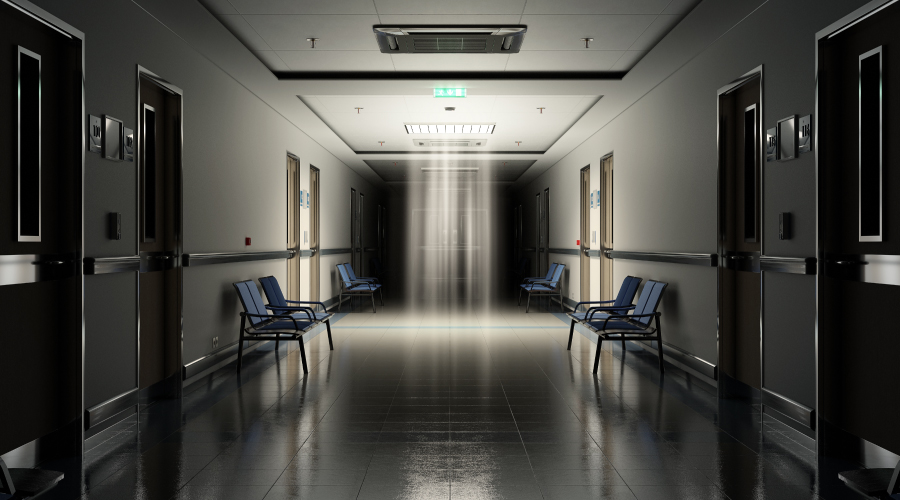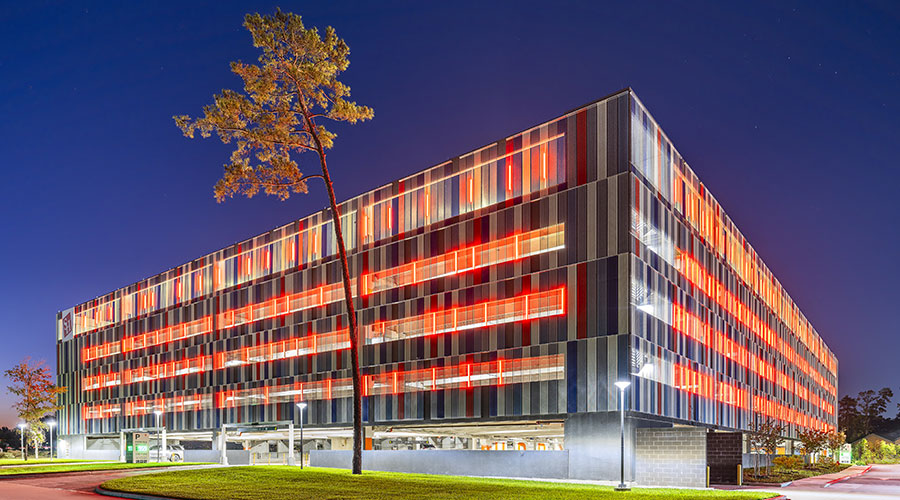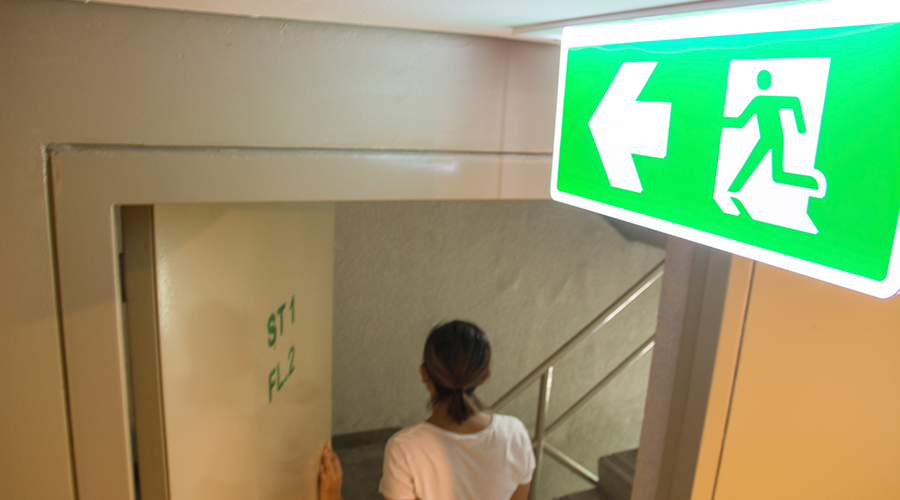Goals to Consider When Relamping
Setting goals can result in lower energy bills that help fight against rising inflation costs.
Editor's Note: This is the second part of a two-part series. To read the first part, please click here.
Setting goals for a relamping program is essential to ensuring the process stays on course. Important goals include: reducing energy costs; reducing material costs; reducing lamp inventory; improving facility lighting consistent with tasks performed in each area; and reducing replacement frequency, which lowers labor cost.
Achieving these goals means lower life-cycle costs and longer life, and managers can achieve both goals with careful planning. The main planning effort requires weighing each relamping decision against established goals. The result can be energy bills that are thousands of dollars lower — an important bulwark against rising inflation and costs.
Part of the goal-setting process should include a lighting engineer who compares existing lumen output against the lighting code lumen level for the application. For example, if the location is an underground parking garage, there is an established lighting level required for this application.
Due to the unavailability of the right lamps, a technician performing relamping in the past might have used higher- or lower-lumen lamps to replace an old one. In the next relamping cycle, another technician used the same wrong size for the replacement, institutionalizing the wrong size. As a result, a manager is either paying too much for energy or using low-level lumens for the location, which is a potential safety issue.
Starting with the lighting code as a basis, managers can search for the best solution that meets the code and is economical. This approach is especially important with group relamping, since it could affect an entire floor or building.
Scheduling matters
Why should managers schedule relamping? What is the role of group relamping? Maintenance scheduling software is an essential tool for optimizing technician workloads. Its potential benefits include: managing the scheduling remotely; sharing with other staff and management as soon as management has developed or updated the schedule; optimizing cost and life cycles; and eliminating conflicts that slow progress.
If managers have developed plans and budgets for the process, they are more likely to be approved if the organizations’ financial officials see that managers are using their budget well. This is the way continuous improvement programs gain traction.
The best time for relamping is when the facility is nearly or completely empty. This condition allows technicians to move efficiently through the facility and avoids the possibility of interrupting facility activities.
For example, managers in schools should try to arrange relamping projects to take advantage of summer recess or holiday breaks. Managers should plan relamping so it does not interfere with the other maintenance tasks taking place during these scheduled downtime periods.
Healthcare facilities cannot shut down, but there are fluctuations in admissions, when group relamping in vacant rooms might be an option. Night shifts also can be good times to perform group relamping in common areas.
With the longer lives new lamps offer, it is good practice after six-plus years or more of service to review new products as a regular part of relamping. While this might entail replacing luminaires to fit the new lighting product, it still can be cost-beneficial due to the longer life. Manufacturing innovations have taken place during these extended periods and can lower the cost of materials and labor.
Critical steps in the specification process include these:
- Check the existing code for the proper lighting level.
- Look for the best solution that meets the code economically.
- Decide whether spot or group replamping is better for this application.
- Plan the relamping. Order the lighting needed, if not in inventory.
- Assign the relamping.
- Verify that the installed lighting meets code.
Equipment and training
Since technicians perform most relamping in overhead spaces using a range of ladders, scaffolds and aerial lifts, as well as a variety of specialized maintenance tools, training must focus on both safety and proper methods. Among the benefits of this concentration are better work conditions and more efficiently done relamping tasks.
Training in best practices for these tasks must include grouping the work to fully use mobile equipment when available. Most trainers design effective training for specific conditions and proper recycling. The test for an effective training course is the amount of emphasis on good judgment. This is difficult to teach and requires an instructor with a great deal of experience who can translate that into teaching good judgment. Judgment is much less tangible than technical issues but is certainly as important in training.
Training should include all steps in the lamp life cycle, including disposal. Most bulbs contain toxic gases, so they require careful disposal. This process includes using specialist recyclers, which include prepaid recycling kits with special packaging, containers, documentation, notification where needed for serial numbered products, and complete disposal.
Incandescent lamps have a vacuum or either argon or nitrogen. Halogen lamps contain methyl bromide or methylene bromine and argon. Fluorescent lamps contain mercury and inert argon.
Exit signs that use tritium have a 10-year life but still require special disposal. Tritium is radioactive, so each sign has a serial number registered to the facility. Such signs can release dangerous radioactivity, and if disposed of improperly, can be dangerous to humans and require expensive cleanup. Proper recycling also ensures reuse of rare earth elements, which are in short supply.
Most communities allow disposal of LED bulbs, not batteries, in regular trash. Recommended disposal of LEDs includes wrapping in heavy plastic to protect handlers from broken glass in transport. But the facility should still recycle them because they have reusable nickel, copper, and lead, which are in demand.
Thomas A. Westerkamp is a maintenance and engineering management consultant and president of the work management division of Westerkamp Group LLC.
Related Topics:













